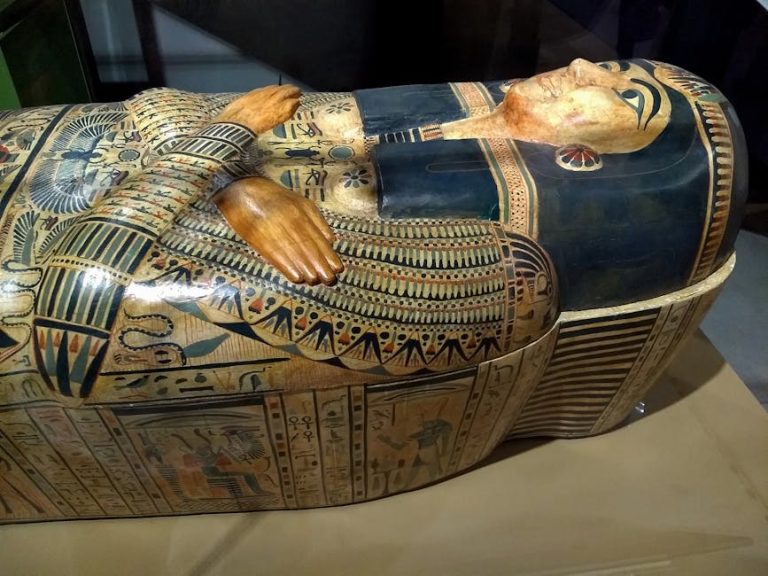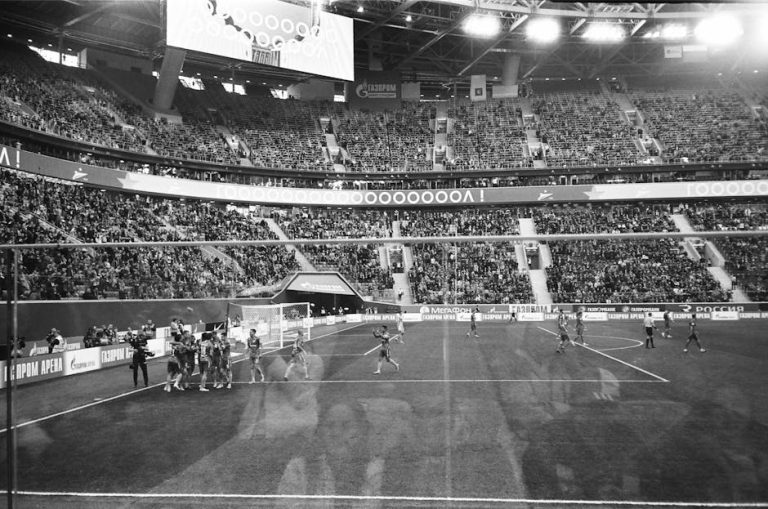Sustainable Practices in Manchester’s Tram System
As urban centers grow, the demand for efficient and eco-friendly public transportation systems becomes crucial. Manchester, a vibrant city known for its industrial heritage and cultural scene, has made significant strides in promoting sustainability through its tram system. In this blog post, we will explore how Manchester’s trams contribute to a greener future, highlighting the innovative practices that set them apart.
The Rise of Sustainable Public Transport in Manchester
Manchester’s commitment to sustainability is evident in its investment in public transport, particularly the Metrolink tram system. As of 2023, the Metrolink is the largest light rail network in the UK, with over 99 km of track and 99 stops, serving millions of passengers annually. This expansive network plays a pivotal role in reducing traffic congestion and lowering carbon emissions.
Reducing Carbon Footprint
The Metrolink tram system is a cornerstone of Manchester’s efforts to reduce its carbon footprint. Powered by electricity, trams produce significantly lower emissions compared to traditional diesel buses and cars. According to recent statistics, the Metrolink saves approximately 15,000 tonnes of CO2 annually by providing an alternative to car travel.
Innovative Practices for Eco-Friendly Operations
Manchester’s tram system is not just about providing a low-emission mode of transport; it incorporates several innovative practices to ensure operations are as sustainable as possible.
Renewable Energy Sources
One of the key strategies employed by the Metrolink is the utilization of renewable energy. The system is powered by electricity sourced from renewable avenues such as wind and solar power. This switch to green energy not only reduces the environmental impact but also aligns with the city’s goal to become carbon neutral by 2038.
Energy-Efficient Trams
Modern trams in the Metrolink fleet are designed with energy efficiency in mind. Features such as regenerative braking, which allows energy to be recaptured and reused, contribute to a reduction in overall energy consumption. Additionally, the lightweight materials used in tram construction help improve energy efficiency further.
Community Engagement and Awareness
Beyond technological advancements, Manchester has focused on engaging the community and raising awareness about the benefits of sustainable public transport.
Public Campaigns
The city has launched several public campaigns to encourage residents to opt for the tram over personal vehicles. These initiatives highlight not only the environmental benefits but also the cost savings and convenience of using the tram system. By fostering a culture of sustainability, Manchester is empowering its citizens to make eco-friendly choices.
Partnerships with Local Businesses
Collaborations with local businesses have also been instrumental in promoting the tram system. Many businesses offer discounts and incentives for customers who travel using the Metrolink, thereby enhancing the appeal of public transport. This symbiotic relationship supports the city’s sustainability goals while benefiting the local economy.
Challenges and Future Prospects
While Manchester’s tram system has made impressive strides in sustainability, it is not without challenges. High operational costs and the need for ongoing infrastructure investment are significant hurdles. However, the city remains committed to overcoming these obstacles through strategic planning and investment.
Investment in Infrastructure
Continuous investment in infrastructure is crucial for maintaining and expanding the tram network. The city plans to extend the network further to reach underserved areas, ensuring that more residents have access to this sustainable mode of transport. Such expansions are expected to increase ridership and further reduce the city’s carbon footprint.
The Role of Technology
Advancements in technology are expected to play a vital role in the future of Manchester’s tram system. Innovations such as smart ticketing, real-time data analysis, and automated operations could enhance efficiency and reliability, making trams an even more attractive option for commuters.
Conclusion: A Model for Sustainable Urban Transport
Manchester’s tram system serves as a model for sustainable urban transport, showcasing how cities can effectively reduce their environmental impact while providing efficient public services. Through innovative practices, community engagement, and strategic investment, Manchester is paving the way for a greener future. As other cities look to develop sustainable transport solutions, they can draw inspiration from Manchester’s commitment to excellence and sustainability.
In conclusion, the continued evolution and expansion of the Metrolink will be essential in supporting Manchester’s vision of becoming a carbon-neutral city. By prioritizing sustainability, the tram system not only benefits the environment but also enhances the quality of life for all residents. As we move towards a more eco-conscious society, Manchester’s tram system stands as a testament to the power of sustainable innovation and community collaboration.






